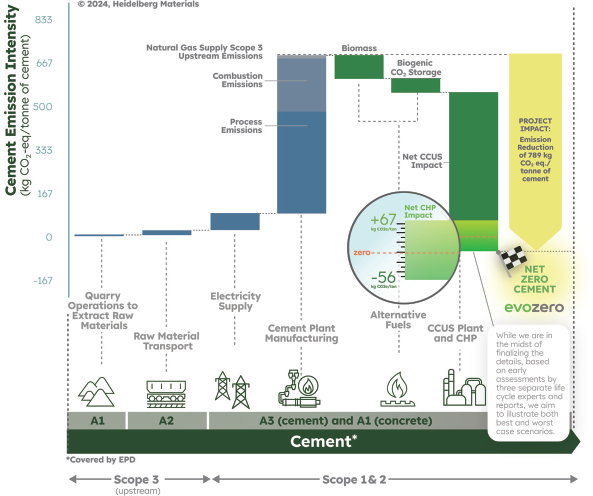January/February 2018
Communities: Industry
A New Way of Solving the Biggest Problems
 Industry, academia, and government have been working together for decades on engineering research that spurs innovation, economic growth, and education excellence, but now a panel of experts is calling for a fresh approach to get the best out of the nation’s engineering talent.
Industry, academia, and government have been working together for decades on engineering research that spurs innovation, economic growth, and education excellence, but now a panel of experts is calling for a fresh approach to get the best out of the nation’s engineering talent.
The panel’s recommendations were published in 2017 by the National Academies and emphasize collaboration to solve society’s biggest problems. To reach this goal, industry and academia will need to revamp the way they work together. Diverse research teams that bring together all necessary disciplines, such as social science, behavioral science, political science, and law, will be required, the panel says.
The change in emphasis is significant. Since 1985, the National Science Foundation’s Engineering Research Centers have been the nation’s flagship program for producing transformational engineered systems. These systems have, for example, advanced minimally invasive surgery, bolstered urban water systems, and improved fuel economy through hydraulics.
In many ways, the centers, which combine academia, industry, and government, have been successful, the report says. They have trained a diverse population of engineering students and boosted US industrial competitiveness by transferring intellectual value and technology developed in the centers into the commercial sphere. Industry partners have benefitted from access to ideas and know-how as well as the ability to identify potential new employees.
But the centers’ work typically has been narrowly focused on technology. Projects have relied on individual university research groups with one principal investigator, developing new technologies in the early stages with a broad application.
Changes over the last 30 years, the report says, have spurred the need for a new direction for center-based engineering research. For example, ongoing advances in engineering, such as artificial intelligence, robotics, energy storage, and biotechnology, have blurred the lines between physical, digital, and biological spheres. Additionally, processing power, storage capacity, expanded communication technology, and access to new knowledge have given engineers an opportunity to achieve even more breakthroughs.
Fundamental research itself has also changed. While the NSF centers were one of the first of their kind, the concept has now popped up in other sectors on both a federal and international level.
The new model proposed by the National Academies panel would change the centers’ focus from developing specific technologies to finding solutions to society’s so-called grand challenges, a term popularized by the National Academy of Engineering’s Grand Challenges for Engineering initiative. The renamed Convergent Engineering Research Centers would spearhead the effort. They would bring together all required expertise from academia and industry, no matter the discipline or country.
The success of the new centers will greatly depend on collaboration with industry and venture capitalists, the report notes. Industry partners will need to be involved early in the process of creating commercial value propositions and paving the CERCs’ strategic direction.
NSF has not yet decided whether it will adopt any of the report’s recommendations.
New Research Centers Announced
The National Science Foundation is investing nearly $80 million in four new Engineering Research Centers that will each focus on a research challenge engineers are facing today: fuel derived from shale gas, therapies based on living cells, personalized heart tissue, and health systems for underserved populations. The four new centers are part of 19 centers that the foundation will fund this fiscal year.
“ERCs are widely known as outstanding examples of successful partnerships between universities, private industry, and government that have made significant contributions to address national challenges,” says Don Millard, acting division director for the NSF Division of Engineering Education and Centers. “We are continually working with the scientific and engineering communities, as well as private industry and government partners, to ensure NSF-funded centers and grantees are best-equipped to match societal needs with research abilities.”


 Volunteering at NSPE is a great opportunity to grow your professional network and connect with other leaders in the field.
Volunteering at NSPE is a great opportunity to grow your professional network and connect with other leaders in the field. The National Society of Professional Engineers (NSPE) encourages you to explore the resources to cast your vote on election day:
The National Society of Professional Engineers (NSPE) encourages you to explore the resources to cast your vote on election day:


